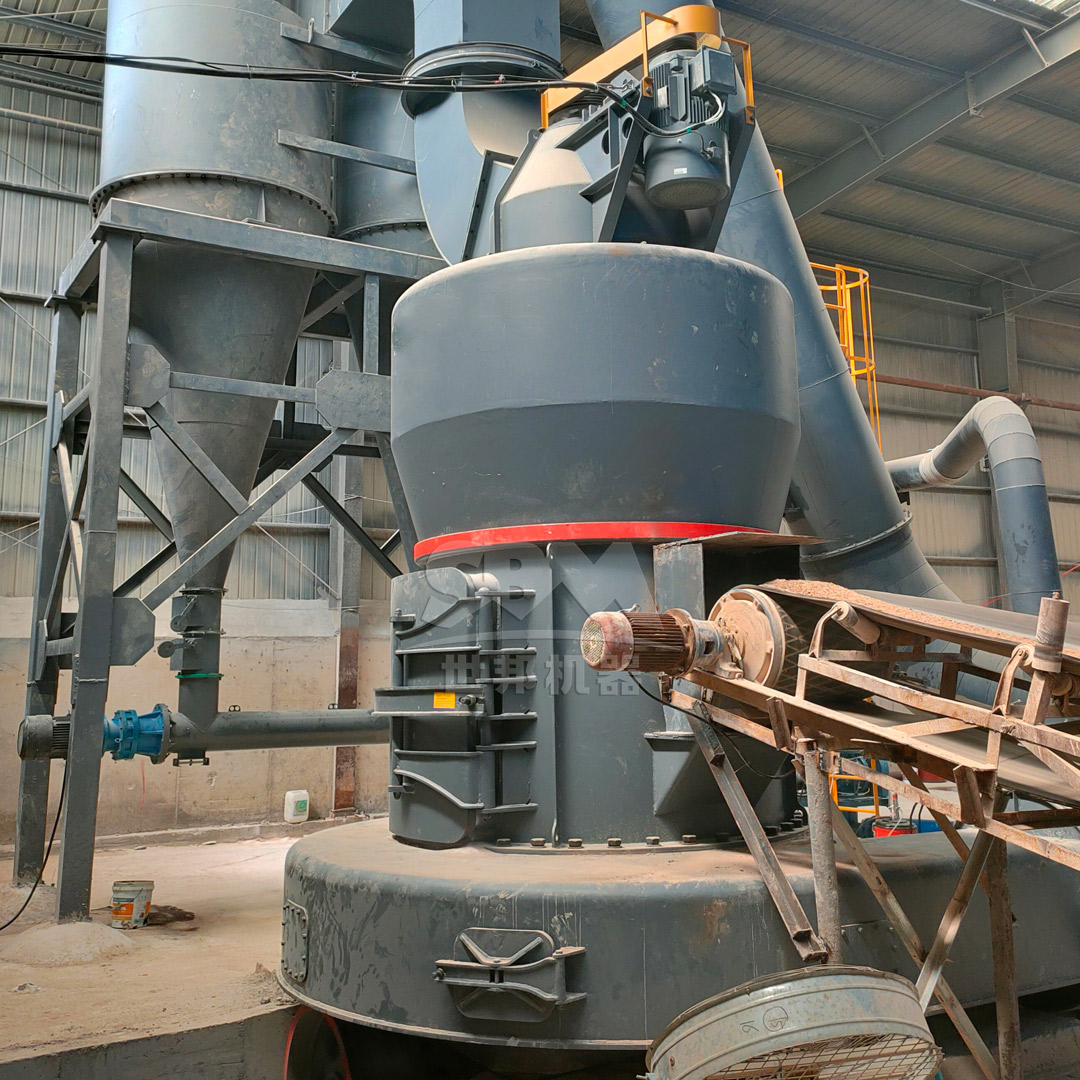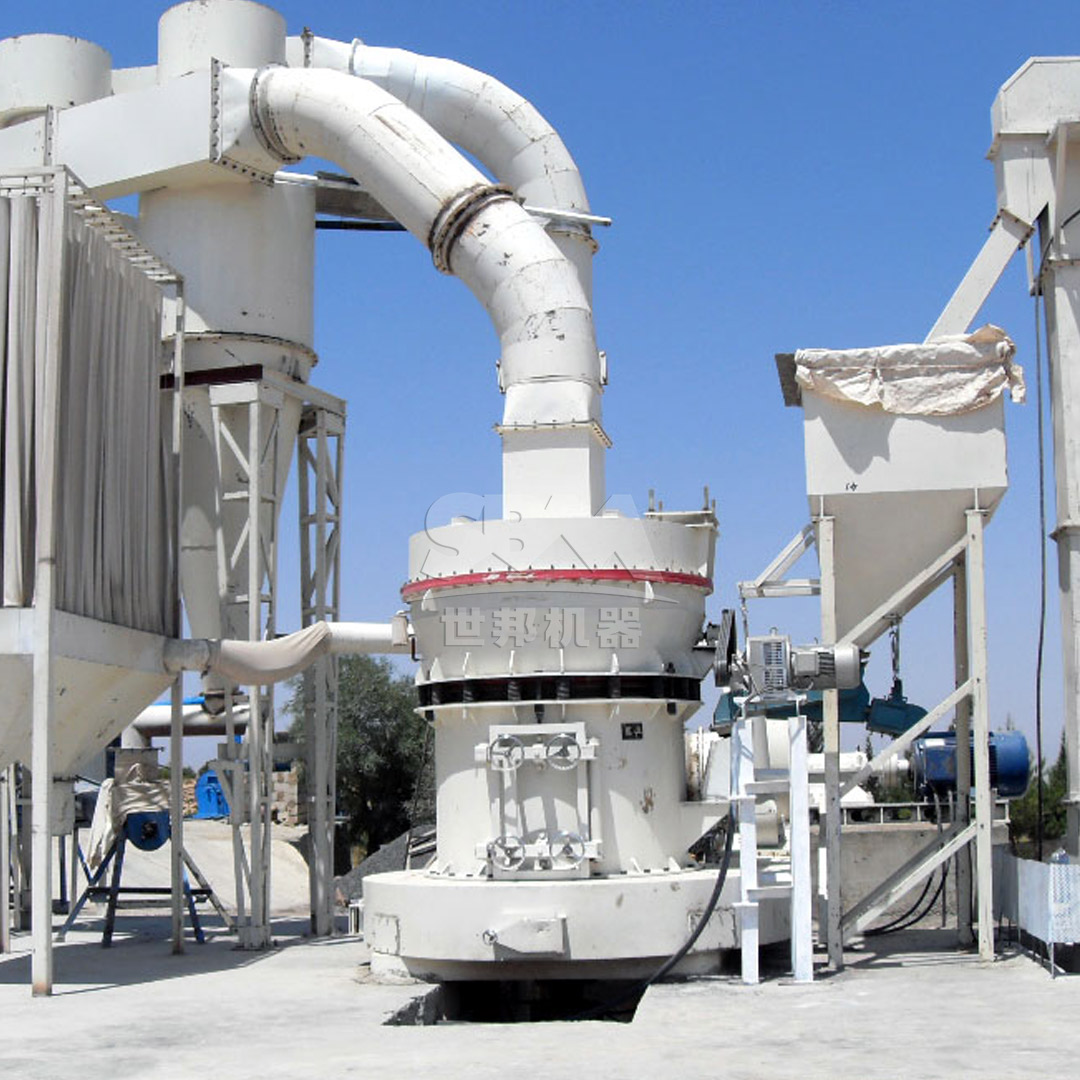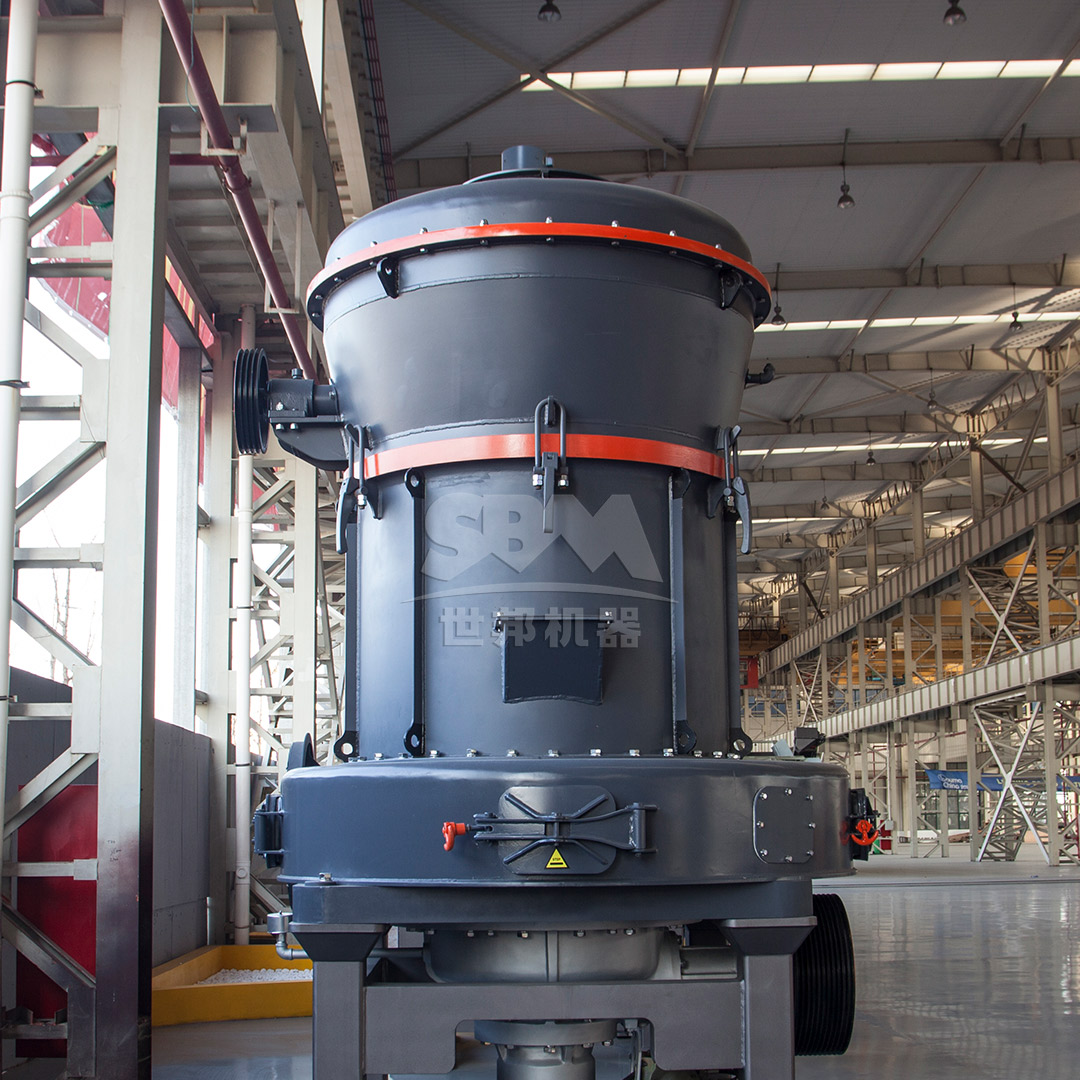The plasterboard manufacturing industry relies heavily on the quality and consistency of gypsum powder. The selection of an appropriate grinding mill is a critical decision that directly impacts production efficiency, product quality, and operational costs. Gypsum, or calcium sulfate dihydrate (CaSO4·2H2O), requires specific grinding characteristics to achieve the optimal particle size distribution for plasterboard production. This comprehensive guide will walk you through the key factors to consider when selecting the ideal gypsum grinding mill for your production line.
Gypsum grinding is not merely about reducing particle size; it’s about creating a powder with specific physical properties that ensure excellent board formation, strength, and setting time. The right mill will produce a consistent product while minimizing energy consumption and maintenance requirements. This article explores the technical considerations, mill types, and operational parameters essential for making an informed investment decision.

Gypsum possesses unique physical and chemical properties that significantly influence grinding mill selection. With a Mohs hardness of 2, gypsum is relatively soft compared to other industrial minerals, but its crystalline structure and moisture content present specific challenges. Natural gypsum typically contains 15-20% crystalline water, which can affect grinding efficiency and product handling.
The dehydration behavior of gypsum is particularly important. When heated above 120°C, gypsum begins to lose its water of crystallization, transitioning to bassanite (CaSO4·0.5H2O) and eventually to anhydrite (CaSO4). Since plasterboard production requires specifically calcined gypsum, the grinding process must avoid excessive heat generation that could prematurely dehydrate the material.
For optimal plasterboard production, gypsum powder must meet specific particle size distribution criteria. The ideal fineness typically ranges between 80-200 mesh (180-75μm), with careful attention to the proportion of fine particles. A well-graded particle distribution ensures:
| Application | Target Fineness (Mesh) | D90 (μm) | Special Requirements |
|---|---|---|---|
| Standard Plasterboard | 80-120 | 150-125 | Consistent distribution |
| High-Strength Board | 120-200 | 125-75 | Controlled fines content |
| Specialty Boards | 200-325 | 75-45 | Narrow distribution curve |
The first consideration in mill selection is matching equipment capacity to your production targets. Gypsum board manufacturing lines typically range from small-scale operations (50,000 m²/year) to large industrial facilities (50 million m²/year). Your grinding mill must consistently deliver the required throughput without becoming a bottleneck in the production process.
When evaluating capacity requirements, consider both current needs and future expansion plans. It’s often more cost-effective to install a mill with 20-30% excess capacity than to replace equipment as production scales up. Additionally, account for operational availability – most grinding mills operate at 85-90% of their theoretical maximum capacity due to maintenance and operational variations.
Energy consumption represents one of the largest operational costs in gypsum grinding. Different mill technologies vary significantly in their specific energy consumption (kWh/ton). Modern grinding systems have reduced energy requirements through improved designs, but the choice between technologies still involves important trade-offs.
Key energy efficiency factors include:
The physical footprint of grinding equipment must align with your facility’s layout. Vertical roller mills typically offer a smaller footprint compared to ball mills with similar capacity. Consider not only the mill itself but also the ancillary equipment including feeders, classifiers, dust collectors, and material handling systems.
For greenfield projects, layout optimization can significantly reduce material transport distances and structural costs. In existing facilities, retrofit projects must work within spatial constraints, potentially favoring compact mill designs with vertical configurations.

Ball mills have been a traditional choice for gypsum grinding, particularly in older installations. These rotating cylinders containing grinding media (typically steel balls) reduce gypsum through impact and attrition as the mill rotates. While ball mills can handle a wide range of feed sizes and produce consistent product quality, they suffer from high energy consumption and significant heat generation.
Modern ball mill designs incorporate internal classification systems and improved liner designs that enhance efficiency. However, for gypsum applications specifically, ball mills are increasingly being replaced by more energy-efficient technologies except in cases where very high production rates (above 100 t/h) are required.
Vertical roller mills have become the preferred technology for gypsum grinding in modern plasterboard production lines. VRMs utilize cylindrical rollers that press against a rotating grinding table, crushing the material through compression. The ground material is then transported by airflow to an internal classifier that separates fine product from coarse material that requires further grinding.
The advantages of VRMs for gypsum grinding include:
Raymond mills, or pendulum roller mills, represent a mature technology that remains relevant for certain gypsum grinding applications. These mills use spring-loaded rollers that swing outward due to centrifugal force, pressing against a stationary grinding ring. The ground material is carried by airflow to a classifier integrated in the upper part of the mill.
While generally less energy-efficient than VRMs for high-capacity applications, Raymond mills offer advantages for smaller operations or when processing gypsum with specific characteristics. Their relatively simple design translates to lower maintenance requirements and operational simplicity.
Hammer mills and impact mills utilize high-speed rotating elements (hammers or beaters) to shatter gypsum through impact. These mills excel at coarse to medium grinding but struggle to achieve the fine particle sizes typically required for plasterboard without excessive energy consumption or heat generation.
In gypsum processing, hammer mills are often used as pre-crushers before fine grinding in other mill types, particularly when dealing with large gypsum rocks or when the raw material contains impurities that could damage more sophisticated grinding equipment.
For most plasterboard production applications, we highly recommend our MTW Series Trapezium Mill as an optimal balance of performance, efficiency, and reliability. This advanced grinding system incorporates numerous innovations specifically beneficial for gypsum processing.
The MTW Series Trapezium Mill features a unique curved air channel design that reduces airflow resistance and improves transmission efficiency. Its conical gear overall transmission system achieves up to 98% transmission efficiency, significantly reducing energy consumption compared to conventional mills. The wear-resistant volute structure ensures long service life with minimal maintenance requirements.
| Model | Capacity (t/h) | Main Motor Power (kW) | Feed Size (mm) | Product Fineness (mesh) |
|---|---|---|---|---|
| MTW110 | 3-9 | 55 | <30 | 10-325 |
| MTW138Z | 6-17 | 90 | <35 | 10-325 |
| MTW175G | 9.5-25 | 160 | <40 | 10-325 |
| MTW215G | 15-45 | 280 | <50 | 10-325 |
For plasterboard manufacturers requiring ultra-fine gypsum powder for specialty applications, our SCM Ultrafine Mill offers exceptional performance with output fineness ranging from 325 to 2500 mesh (45-5μm). This mill incorporates advanced vertical turbine classification technology that ensures precise particle size control without coarse powder contamination. With capacity ranging from 0.5 to 25 tons per hour (depending on model), the SCM series achieves remarkable energy efficiency – offering twice the capacity of jet mills while reducing energy consumption by 30%.
The MTW Series Trapezium Mill delivers several specific benefits for gypsum processing:
These features make the MTW Series particularly suitable for the precise fineness control required in plasterboard production, while maintaining low operational costs and high reliability.

Effective classification is crucial for achieving the target particle size distribution in gypsum grinding. Modern mills typically incorporate dynamic classifiers that use rotating blades to create a centrifugal classification field. The cut point can be adjusted by varying the rotor speed, allowing precise control over product fineness.
For gypsum applications, classifiers must handle the specific bulk density and flow characteristics of gypsum powder. High-efficiency classifiers can significantly reduce the recirculation of fine material, improving overall grinding efficiency and reducing energy consumption.
Gypsum grinding generates significant dust that must be controlled to meet environmental regulations and protect worker health. Modern grinding systems typically incorporate pulse-jet baghouse filters with filtration efficiency exceeding 99.9%. These systems automatically clean filter elements using compressed air pulses, maintaining consistent performance with minimal maintenance.
Additional environmental considerations include noise control through acoustic enclosures and vibration isolation systems. Modern grinding mills typically operate at noise levels below 85 dB, ensuring compliance with workplace safety standards.
Consistent feeding is essential for stable mill operation and product quality. Gypsum grinding systems typically employ weigh feeders or vibratory feeders that maintain a constant feed rate. Pre-crushing may be necessary if raw gypsum exceeds the mill’s maximum feed size, with hammer crushers being a common choice for this application.
Material handling between process stages requires careful consideration of gypsum’s flow properties. Pneumatic conveying systems are commonly used for transferring ground gypsum to storage silos, with design considerations for minimizing degradation of the ground product.
The initial investment for gypsum grinding equipment varies significantly based on technology selection and capacity requirements. Ball mills typically have the lowest capital cost per ton of capacity for large installations but higher operating costs. Vertical roller mills command a premium in initial investment but offer superior operating economics through reduced energy consumption and maintenance requirements.
When evaluating capital investment, consider the complete system cost including foundations, electrical infrastructure, dust collection, and material handling equipment. The total installed cost often exceeds the equipment cost by 50-100% depending on site-specific factors.
Operating costs for gypsum grinding mills include several key components:
Vertical roller mills typically offer the lowest total operating cost for gypsum grinding applications, with energy savings of 30-50% compared to ball mills and reduced maintenance requirements due to fewer moving parts and slower wear rates.
A comprehensive lifecycle cost analysis should consider not only initial investment and operating costs but also equipment lifespan, residual value, and potential for future upgrades. Modern grinding mills typically have a service life of 20-30 years with proper maintenance, making the selection decision a long-term commitment.
When comparing technologies, calculate the net present value of total costs over a 10-15 year horizon to account for the time value of money. This approach often reveals that technologies with higher initial investments but lower operating costs provide superior long-term value.
Proper installation is critical for achieving design performance and reliability. Foundation design must account for dynamic loads and vibration, with precise alignment of the mill and drive system. Commissioning should follow a structured process including mechanical checks, empty run testing, and gradual ramp-up to full production.
During commissioning, verify that all safety systems function correctly and that operating parameters align with design expectations. Training for operations and maintenance staff should occur during this phase to ensure smooth transition to normal operation.
Once operational, continuous monitoring and optimization can significantly improve grinding efficiency and product quality. Key parameters to monitor include:
Modern grinding systems often incorporate advanced process control systems that automatically adjust operating parameters to maintain optimal performance despite variations in feed material characteristics.
Effective maintenance is essential for maximizing equipment availability and lifespan. Predictive maintenance techniques using vibration analysis, oil analysis, and thermal imaging can identify developing issues before they cause unplanned downtime. Regular inspection and replacement of wear parts according to established schedules prevents catastrophic failures and maintains product quality.
For gypsum grinding applications, particular attention should be paid to wear parts in contact with the abrasive gypsum material. Proper selection of wear-resistant materials and timely replacement based on actual wear rates rather than fixed time intervals optimizes maintenance costs.
Selecting the right gypsum grinding mill for your plasterboard production line requires careful consideration of multiple technical, operational, and economic factors. The optimal choice depends on your specific production requirements, raw material characteristics, and business objectives.
For most modern plasterboard production facilities, the MTW Series Trapezium Mill represents an excellent balance of performance, efficiency, and reliability. Its advanced design features specifically address the challenges of gypsum grinding while minimizing operational costs. For applications requiring ultra-fine gypsum powder, the SCM Ultrafine Mill offers unparalleled fineness control with exceptional energy efficiency.
By understanding the principles outlined in this guide and working with experienced equipment suppliers, you can select a grinding system that will deliver consistent performance and maximum return on investment throughout its operational life. The right mill selection will contribute significantly to the overall competitiveness and profitability of your plasterboard manufacturing operation.